Interacting Galaxies and Binary Quasars:
A Cosmic Rendezvous


Interacting Galaxies and Binary Quasars:
A Cosmic Rendezvous
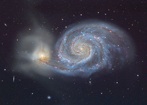
Trieste, Italy. April 2-5, 2012

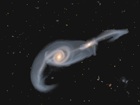
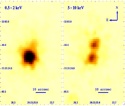
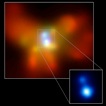


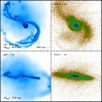
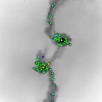
Scientific Rationale
Interacting galaxies are among the most spectacular events in the cosmos. They affect morphology and may funnel gas into the central regions, thereby triggering star formation and nuclear activity. Likewise, the discovery of binary quasars has accelerated to unprecedented levels in the last few years. The aim of this workshop is to bring together observers and theorists working on either interacting galaxies or binary quasars. By discussing these phenomena from diverse points of view, several science questions can be addressed, such as:
Scientific Organizing Committee (SOC)
Itziar Aretxaga (INAOE)
Vladimir Avila-Reese (UNAM)
Andrew Benson (Caltech)
James Bullock (UC Irvine)
Joanne Cohn (UC Berkeley)
Margaret Geller (SAO - Harvard)
Yair Krongold (UNAM)
Jorge Moreno (SISSA) [chair]
Gabriela Canalizo (UC Riverside)
Renyue Cen (Princeton)
Monica Colpi (Milano-Bicocca)
Françoise Combes (Obs. de Paris)
Julie Comerford (Texas)
Tiziana Di Matteo (CMU)
Sara Ellison (Victoria)
Joseph Hennawi (MPIA)
Kelly Holley-Bockelmann (Vanderbilt)
Philip Hopkins (UC Berkeley)
Lisa Kewley (ANU)
Stefanie Komossa (TUM)
Claire Max (UC Santa Cruz)
Adam Myers (Wyoming)
David Sanders (IfA-Hawaii)
Yoshi Taniguchi (Ehime)
Patricia Tissera (IAFE-Argentina)
Qingjuan Yu (KIAA-Peking)

Contact:
If you have any questions, please contact us at jmoreno@sissa.it,
with the subject line “IGBQ2012 QUESTION: YOUR NAME”.

a.What physical aspects determine the strength of star-formation, nuclear activity, morphological changes, etc., in galactic interactions.
b.What role do the nature of the participating galaxies, the geometry of their interaction, the environment, etc., play in these phenomena?
c.Do star formation and black hole accretion coevolve in interacting pairs? If so, to what degree and under what circumstances?
d.Are luminous binary quasars and the milder AGN enhancements the same phenomena at different stages, or are the former just a more intense version of the latter?
e.What role do interactions play in setting up the initial conditions for potential mergers of supermassive black holes?



Local Organizing Committee (LOC)
Jorge Moreno (SISSA) [chair]
Gabriella De Lucia (INAF-OAT)
Heng Hao (SISSA)
Andrea Lapi (INFN-Rome, SISSA)
Sandra Raimundo (SISSA)
Paolo Salucci (SISSA)
Ravi Sheth (Penn, ICTP)
Confirmed Invited Speakers


Photos, slides + other goodies!